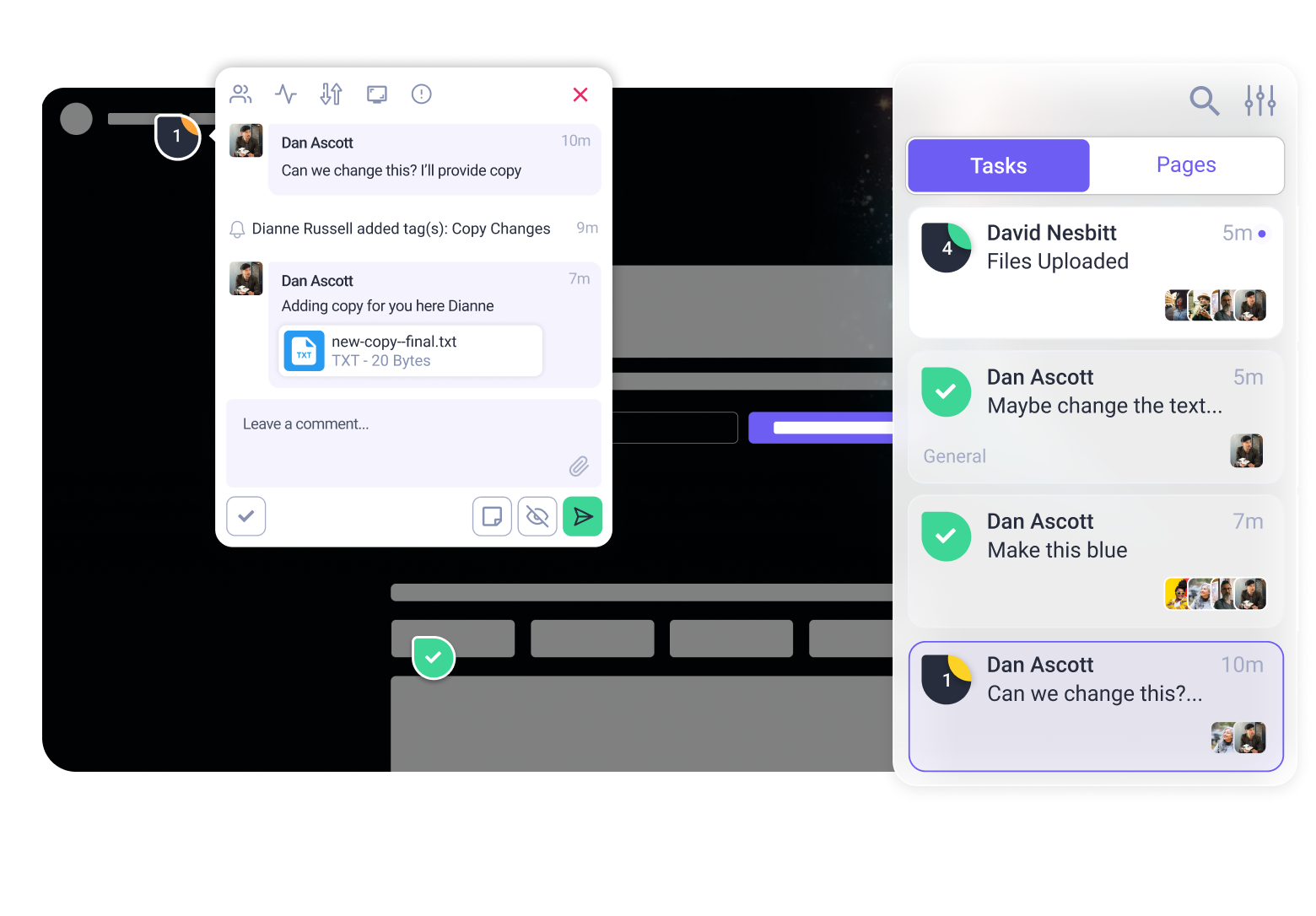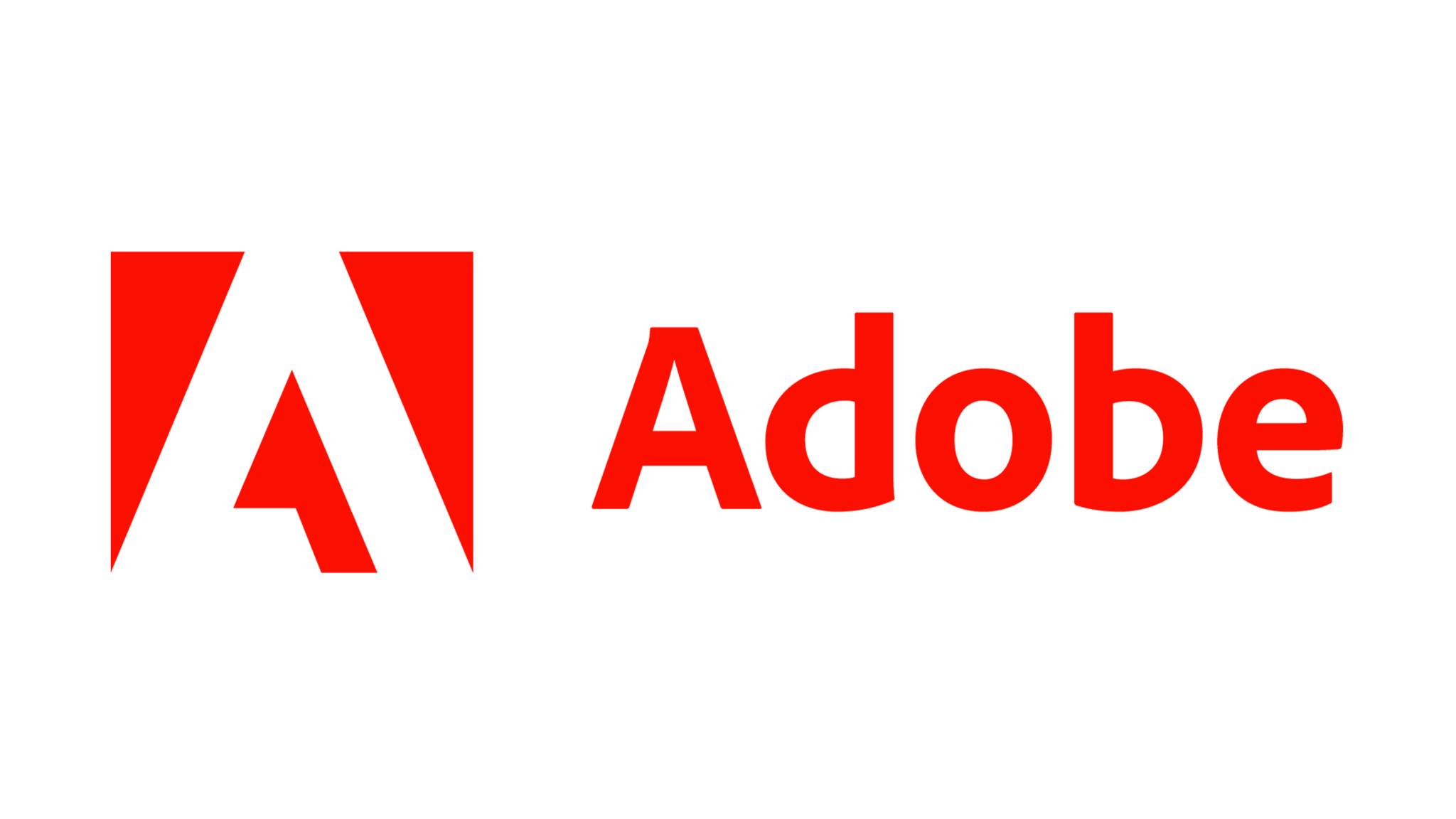One day, everything’s flowing, you’re in the zone, making magic happen.
The next, you’re chasing down a client for copy, fighting through a thread of contradictory feedback, or reworking a third revision you never agreed to.
Sound familiar?
Here’s the hard truth most designers learn the hard way: it’s not the design that breaks your projects. It’s misaligned expectations. It’s nightmare design clients.
After delivering over 600 projects and helping 67,000+ teams through Atarim, I’ve seen what client chaos does to brilliant creatives.
It eats your time. It drains your energy. And worst of all, it crushes your momentum.
But it doesn’t have to be this way.
In this post, I’m going to walk you through the three biggest issues that derail web projects and exactly how to fix them.
The Real Reason Projects Spiral Out of Control
Clients don’t know what goes into building a website. It’s not their fault. You wouldn’t expect your dentist to explain every drill bit. But for some reason, clients feel totally comfortable prescribing design solutions.
This gap, between what they think it takes and what it actually takes, is what I call the perception gap. And it’s the root of so many painful client interactions.

I still remember a discovery call years ago. The brief said “simple marketing site.” Five minutes in, the client said, “Actually, I want something like Facebook, with profiles, feeds, messaging, the whole thing.” Their budget? $1,500.
You can’t make this stuff up.
When I explained that Facebook’s codebase cost hundreds of millions to build, he replied, “Alright… how about $2,000?”
That was the moment I realized most clients simply don’t know what they don’t know. And unless we close that perception gap early, it comes back to bite us every time.
The fix? Educate before you estimate. Every single time.
I started walking clients through a discovery deck, a clean, clear PDF that outlined everything: hosting, security, SEO foundations, UX, performance budgets, maintenance. Then we’d go through it together on a quick call. I’d show them where the work hides.
It wasn’t overwhelming, just a simple document with straightforward language. Clients appreciated the clarity, not complexity.
Once they understood what they were really asking for, scope creep dropped by half. Timelines held. And best of all, I stopped feeling like I was constantly defending my price.
That ten-minute walkthrough became the most valuable part of my sales process.
How Clients Mirror Your Behavior (For Better or Worse)
Here’s something most creatives overlook: the pace you set becomes the pace they expect.
If you reply to their proposal in five minutes, they’ll expect five-minute responses at 11 p.m. But if you take a week to deliver wireframes, they’ll assume that kind of delay is normal.
We call this the leader-follower effect.
Once I realized this, I built a rhythm into every project. I called it the 24–48–24 system.
The first 24?
Send something within 24 hours of kickoff. A wireframe, a welcome doc, even just a kickoff summary. It’s all about momentum. This shows the client you’re on it and instantly builds trust.
The 48?
Deliver something valuable within 48 hours. It doesn’t have to be polished, just proof that things are moving. Early wins prevent second-guessing and silence.
The final 24?
That’s your communication cadence. I started sending short Friday updates to every open client. Three quick sentences:
- What we did
- What we’re doing
- What we need
No fluff. Just clarity. Clients loved it, and more importantly, they stayed engaged.
And here’s the twist: I never replied within 5 to 10 minutes. That way, clients didn’t come to expect instant responses.
The result? My inbox got lighter. Projects moved faster. Trust skyrocketed.
Don’t Skip the Contract, But Don’t Rely on It Either
Let me be blunt. If you are mid-project and reaching for the contract, the relationship is already strained. It means expectations were not aligned, and now you’re trying to enforce terms instead of collaborating on outcomes.
That said, not having a contract at all is worse. Without it, you have no anchor for accountability, no shared understanding of deliverables, and no leverage when timelines slip or clients disappear.
Here’s how I keep it simple and effective:
My Payment Structure: 50, 30, 20
- 50 percent upfront: This locks in their commitment. When money is on the table, communication improves overnight.
- 30 percent after mockups: A milestone-based checkpoint that rewards progress and keeps cash flow steady.
- 20 percent before launch: Yes, before launch. Not “after the site goes live,” not “after testing.” The key is to deliver once you are paid, not promise to get paid once you deliver.
This structure gives you leverage at the right times. You are never chasing invoices, and you’re not holding the bag at the end.
The Scope Creep Clause That Saved My Sanity
I do not use heavy legal language or aggressive terms. I use strategy.
I include a simple clause in the contract that says:
“Requests outside the agreed-upon scope will be added to a backlog and addressed in a separate phase upon mutual agreement.”
It sounds friendly. It is friendly. And it works.
So when a client says, “Can we just add this?”
I do not say no. I say, “Great idea. Let’s add that to Phase Two.”
No pushback. No tension. They feel heard, and I stay in control.
Here is the key: during the project, this backlog naturally fills up with real, billable work, extra pages, animations, marketing flows, campaigns.
Turning Scope Creep Into a Growth Engine
Most freelancers treat out-of-scope requests like a threat. I treat them like an opportunity.
After launch, I follow up with:
“Hey, remember those ideas we bookmarked? Here’s a full list of enhancements we scoped. Want to prioritize a few this month?”
Now you are not chasing new clients, you are deepening relationships.
You are not defending your scope, you are leading with clarity.
And you are not just a web designer, you are becoming a strategic partner.
That is how you turn one project into consistent monthly revenue.
Final Thoughts: You Deserve Better Than Chaos
You didn’t get into web design to beg for assets or chase feedback across 19 email threads.
You did this because you love to build. To create. To help people show up online in a way that makes them proud.
That’s only possible if you put the right systems in place. Educate your clients. Streamline your feedback. Set the tempo. Protect your profits.
When you do that, the chaos fades, and the creativity returns.
And if you want help building those systems faster?
Atarim is built for exactly this. Instant visual feedback. Clear timelines. Automated reminders. A single place for all your client collaboration, from kickoff to launch and beyond.
Thousands of agencies are using it to move faster, finish projects sooner, and actually enjoy the work again.
You can too.
Try Atarim for free and reclaim the joy in your work.















